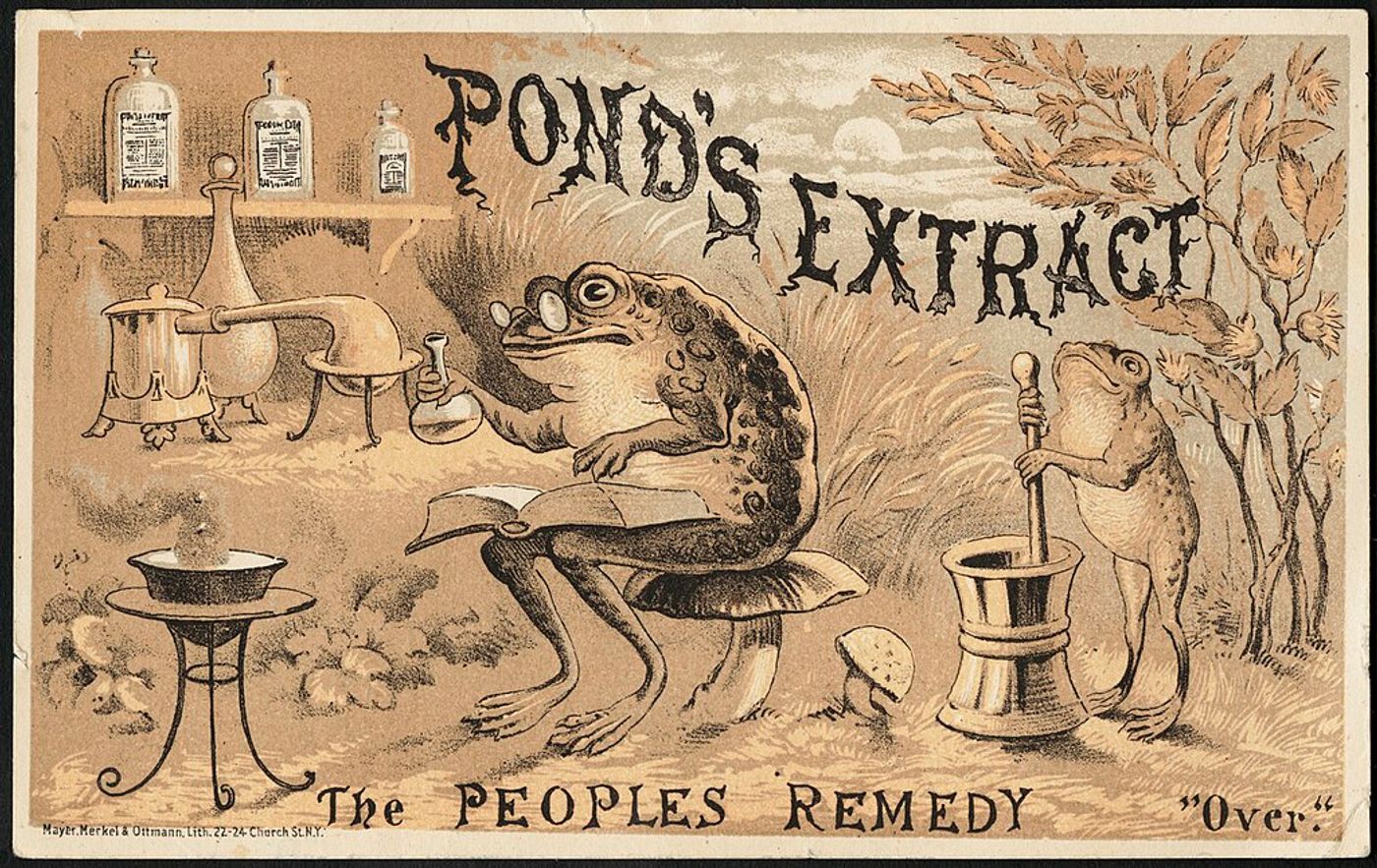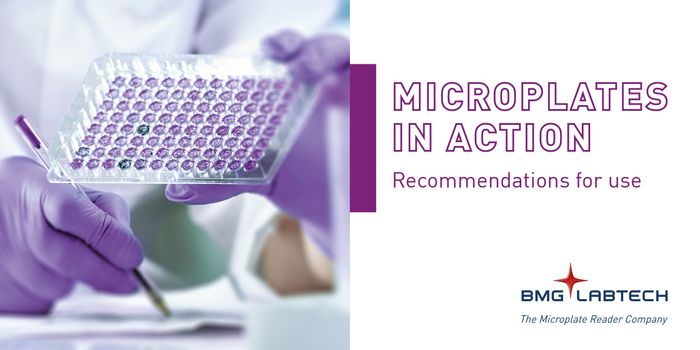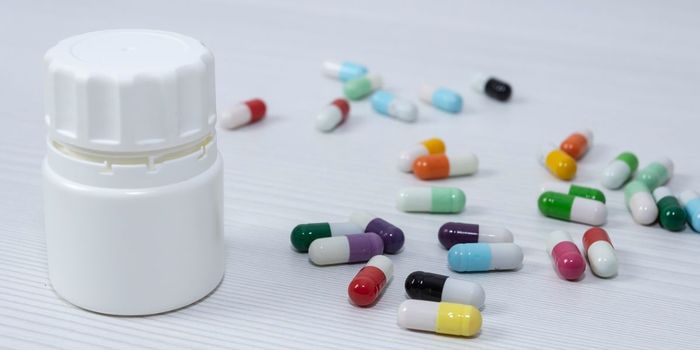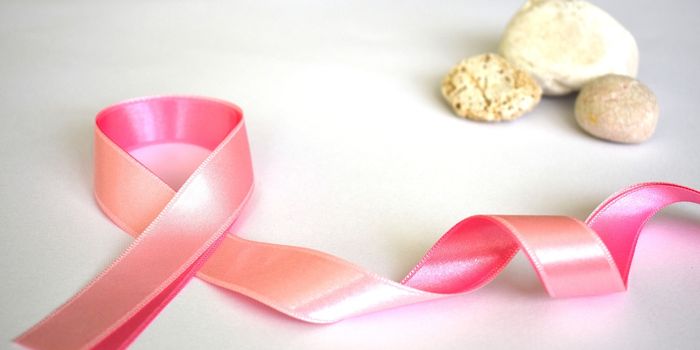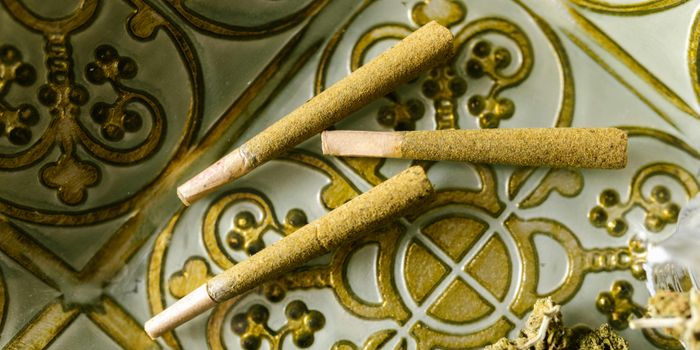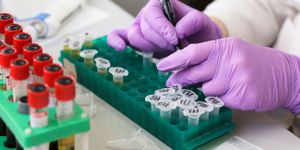Nature's Pharmacy: Amphibian Peptides with Lavender Oil Heals Wounds
Researchers at the University of the Andes in Colombia have tapped into the power of nature's medicine cabinet to revolutionize wound healing. Their study explores the regenerative potential of amphibian peptides and the healing properties of lavender oil. With chronic wounds posing significant challenges, especially for diabetic individuals, this research takes a new step toward an innovative treatment option.
Image Credit: Pond's Extract, the people's remedy (front) by N. Y. : Mayer, Merkel & Ottmann, Lith. Boston Public Library creative commons attribution 2.0 Generic
In biomimetic medical research, scientists turn to nature for inspiration when searching for new drug candidates. The origins of 40% of compounds utilized in modern medicine can be traced back to a natural ingredient. In the realm of antimicrobial and anti-inflammatory pharmaceuticals, this figure soars to 75%. It is within this context that the latest study takes shape.
To dwell in microbe-rich environments, amphibians have evolved an impressive defense mechanism—a vast collection of skin gland-derived chemicals. Researchers identified a specific peptide called CW49, sourced from amphibian skin, which exhibits incredible wound-healing properties. This peptide stimulates blood vessel formation (angiogenesis), possesses antimicrobial properties, and exerts immunomodulatory effects, making it highly effective at combating inflammatory diabetic wounds.
Lavender essential oil has long been known for its ability to heal. This aromatic oil is made up of roughly 27 different components and has anti-inflammatory and antibacterial qualities. An emulsion of lavender oil and CW49 peptide has both water and oil solubility and provides a powerful synergy for wound treatment.
First authors Jaramillo and Diaz and their colleagues examined the chemical, antibacterial, and wound-healing properties of a lavender oil-CW49 peptide emulsion. They sought to gauge the regenerative capacity of varying emulsion concentrations in vitro on human keratinocytes, the primary cell type found in our skin's outer layer.
2D wound modeling unveiled the emulsion's exceptional efficacy in promoting wound closure. The researchers measured the rate that a sheet of laboratory-grown keratinocytes closed after a scratch. Within 24 hours of application, the emulsion's potent blend reduced wound areas, validating its "highly effective at promoting closure." Furthermore, the emulsion exhibited traits akin to existing treatments, facilitating platelet recruitment and aggregation while promoting red blood cell death.
Having found wound healing not seen in previous studies on CW49, this research holds promise for individuals afflicted by chronic wounds. The next experiments will likely involve assessing 3D skin models, non-human animal models, or utilizing ex vivo human skin samples, enabling researchers to understand the emulsion's capabilities more deeply—an exciting prospect that may soon bring amphibian peptides to a pharmacy near you.
Sources: Pharmaceutics, Nature, The FEBS Journal, Biochemistry Journal
